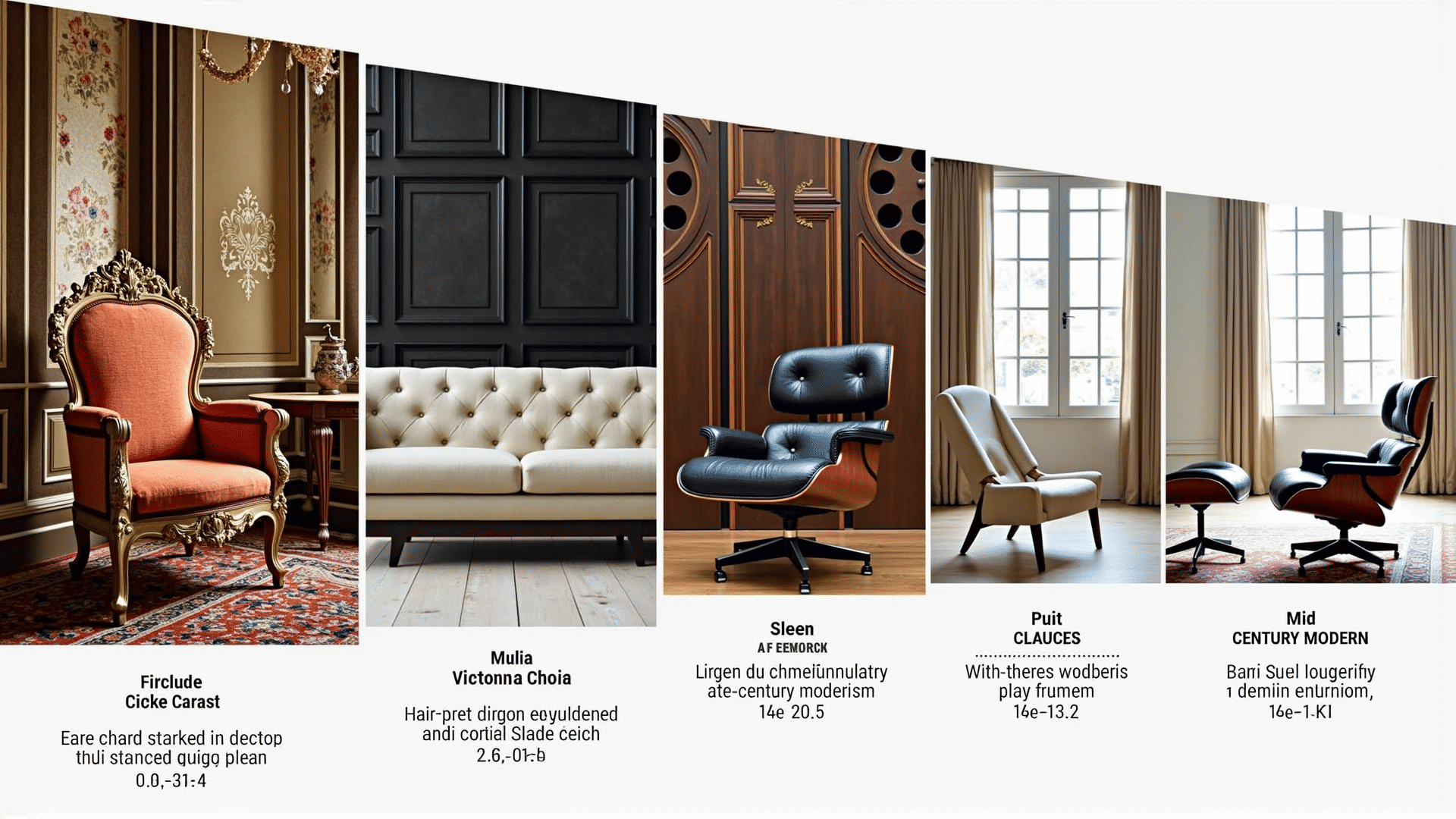Furniture styles offer a fascinating glimpse into the cultural and technological changes across centuries. Each era brings distinct tastes and innovations, reflecting societal values, aesthetics, and resources.
The Baroque period, emerging in the 17th century, is a prime example of artful extravagance. Characterized by intricate carvings, curved lines, and lavish ornamentation, Baroque furniture mirrored the opulence and grandeur of the time. This style was a physical representation of the power and wealth of the church and monarchy, celebrating the dramatic and the ornate.
Following Baroque, the Rococo style emerged in 18th century France, presenting a more light-hearted and decorative response to its predecessor. Rococo furniture featured playful designs, asymmetrical forms, and an emphasis on comfort, showcasing the period's taste for grace and charm in domestic settings. The use of pastel colors and natural motifs symbolized a shift towards more personal and intimate interior spaces.
The Industrial Revolution in the 19th century brought significant changes. With new technologies, the Victorian era saw the mass production of furniture, making pieces more accessible to the growing middle class. This period combined different historical influences, resulting in eclectic designs. Victorian furniture was often elaborate, with dark wood and ornate detailing, reflecting the complex social structures of the time.
As the 20th century approached, the Art Nouveau movement introduced organic forms and flowing lines inspired by nature. This style celebrated craftsmanship and artistic expression, displaying a synthesis of art and functionality. Shortly after, the simplification and functionality of the Bauhaus movement marked a radical shift, emphasizing clean lines, simple forms, and the concept that form follows function.
The mid-century modern style arose in the post-war world, characterized by its sleek lines, minimal ornamentation, and the integration of materials like plywood, steel, and glass. Influenced by Scandinavian design, this era favored open spaces and practicality, reflecting the optimistic outlook of a modern society embracing innovation and technology.
Today, contemporary furniture design continues to evolve, driven by sustainability and multifunctionality. Modern styles blend technology with timeless design, creating pieces that are both functional and environmentally conscious. This ongoing evolution in furniture underscores the continuous interplay between culture, technology, and individual expression, making it an ever-changing mirror of our collective journey through time.
